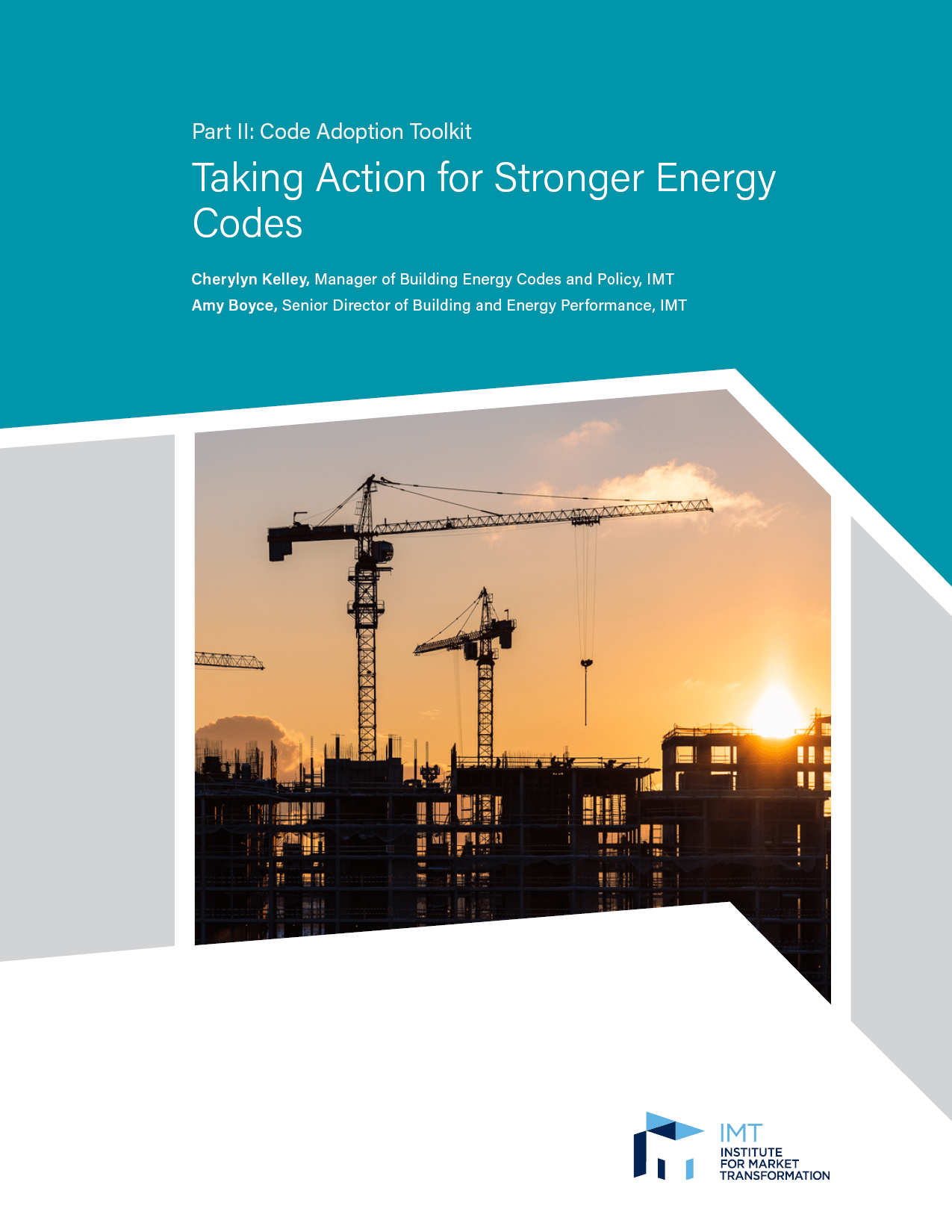Energy-efficient buildings require less energy to operate and are therefore more affordable, while better envelopes make them more resilient to inclement conditions and safer in the case of a power outage. Buildings contribute to more than a third of U.S. carbon emissions, so reducing energy waste not only saves money, but is also critical to meeting climate commitments. Further, 90% of our time is spent indoors, making safe and healthy structures critical to our well-being. In part one of our Code Adoption Toolkit, we discuss the model energy code used in the United States and how it is developed. This document expands upon that introduction and explains how one can play a role in advocating for adoption of the strongest, most efficient energy codes.
